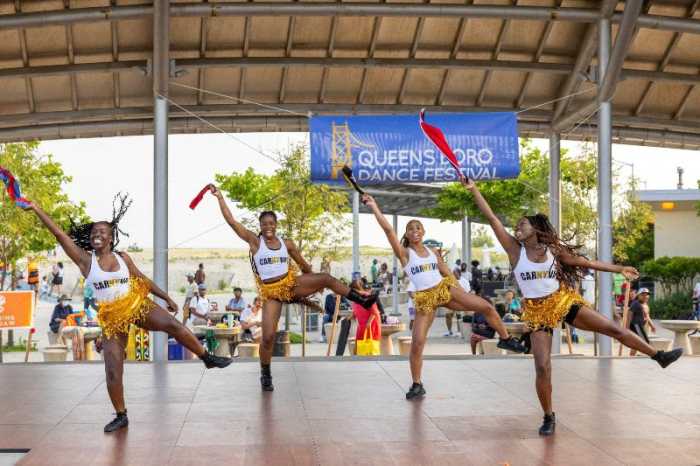By Madina Toure
The Wildlife Conservation Society’s Queens Zoo is part of a partnership between the federal government and six state governments to save New England cottontail rabbits.
The zoo, located in Flushing Meadows Corona Park, started breeding New England cottontails this year as part of a collaborative effort with the U.S. Fish and Wildlife Service and state agencies from New York, Connecticut, Massachusetts, Rhode Island, New Hampshire and Maine. The effort also included hundreds of private and non-governmental organization partners and the Roger Williams Park Zoo in Providence, R.I.
The zoo’s breeding program takes place in away from the exhibit area. The rabbits are not on display for public viewing. Between all the partnering organizations, 41 rabbits were released this year.
“The New England cottontail is an example of a species that can be saved if enough people and organizations come together to help protect it,” Scott Silver, the zoo’s director and curator, said in a statement. “We’re proud to be part of this amazing coalition of agencies and the Roger Williams Park Zoo dedicated to conserving this ecologically important animal.”
New England cottontails have light brown coats and look similar to the more populous Eastern cottontail rabbit.
In order to survive and take care of their young, the rabbits need young forests with dense thickets and brushy areas. Many of these habitats have disappeared in their native New England.
From 2006 until early fall, the Fish and Wildlife Service classified the New England cottontail as a candidate for the federal Endangered Species Act. In September, the agency removed it as a candidate given that current conservation efforts have shown productive results and ongoing plans are in place to recover the species.
This season, 11 kits—young rabbits—were born at the Queens Zoo and sent to New Hampshire and Rhode Island.
Biologists from the partnering agencies introduced them to a one-acre outdoor acclimation pen and fitted them with transmitters to track the migration patterns of the rabbits. They were then released into suitable forest and thicket-lined habitats.
Jim Breheny, executive vice president of the Wildlife Conservation Society and general director of WCS Zoos and Aquarium, commended the zoo’s program.
“In only a few short months, the Queens Zoo’s new New England cottontail breeding program has proven successful,” Breheny said.
Reach reporter Madina Toure by e-mail at mtour


































